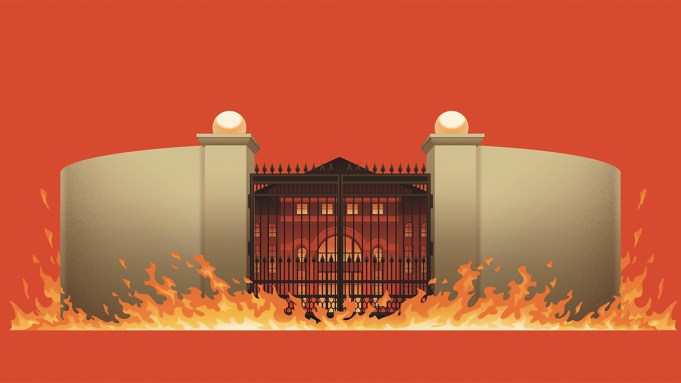Climate Resilience Reshapes the Luxury Real Estate Market
The luxury real estate sector in the U.S. is experiencing significant transformations, driven largely by climate change and a growing occurrence of severe weather events. In 2024, the nation faced staggering damages totaling $128.2 billion due to climate-related disasters, as documented by the National Centers for Environmental Information. With such increased environmental threats, many buyers are recalibrating their investments while emphasizing climate resilience in their property choices.
The Los Angeles Landscape: A Case Study
Rising Risks
Nowhere is this trend more evident than in Los Angeles, a city that boasts some of the country’s most coveted neighborhoods. Areas like Pacific Palisades and Altadena have recently faced devastating wildfires. A report from the U.C.L.A. Anderson School of Management highlighted estimates ranging from $76 billion to $131 billion in property damages, with insured losses reaching $45 billion.
Shifts in Luxury Living
Homeowners and developers are adjusting their strategies to prioritize safety and sustainability. Notable trends include:
- Fire-resistant materials: Building with materials that can withstand extreme heat.
- Smart home technologies: Implementing advanced systems to monitor and manage environmental risks.
- Landscaping changes: Creating defensible spaces to mitigate fire risks, including the removal of flammable vegetation.
Nationwide Implications of Climate Change
A 2024 report from Realtor.com reveals that nearly 45% of U.S. homes—representing about $22 trillion in real estate—are at risk from environmental threats such as flooding, wildfires, and extreme heat.
Regulatory Adaptations
In response, various regions are enforcing stricter building regulations. For instance:
- In Mill Valley, Marin County, new directives mandate homeowners to establish defensible spaces around their properties for fire safety.
- Developers in flood-prone regions are proactively investing in elevated foundations and using storm-resistant construction materials to diminish risks.
Florida: Navigating Hurricane Challenges
Beyond the West Coast, Florida’s luxury real estate market also experienced turbulence due to hurricanes, particularly Milton and Helene, which wreaked havoc on coastal areas, inflicting tens of billions of dollars in damage. Despite these challenges, demand for high-end properties remains strong, reflecting the resilience and allure of Florida’s lifestyle.
The Future of Luxury Real Estate
As climate challenges intensify, potential buyers face critical decisions:
- Investing in Climate-Resilient Properties: Paying a premium for homes built with sustainability in mind.
- Risk Exposure: The danger of purchasing properties that may diminish in value or face physical risks—whether from flooding or fire.
Making Informed Choices
This evolving landscape underscores the importance of making informed choices in real estate investments. The luxury market is not merely adapting; it is being fundamentally reshaped by the forces of nature itself, prompting buyers to evaluate properties with a more discerning eye.
For additional insights into sustainable living and climate-resilient construction practices, consider exploring resources from organizations dedicated to green building initiatives or environmental regulations.
In summary, the luxury real estate market is undergoing profound changes driven by environmental factors, compelling both buyers and developers to rethink traditional approaches to property investment and development. As climate resilience becomes a priority, the choices made today will have lasting impacts on the landscape and value of real estate for years to come.


